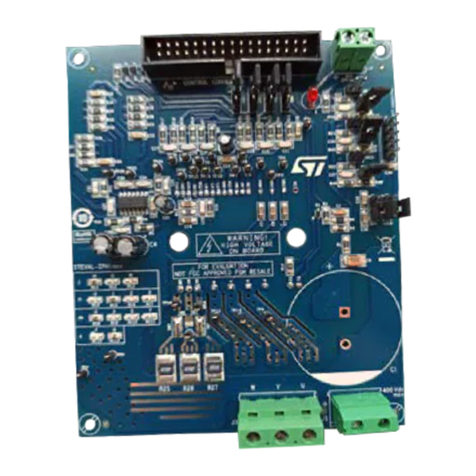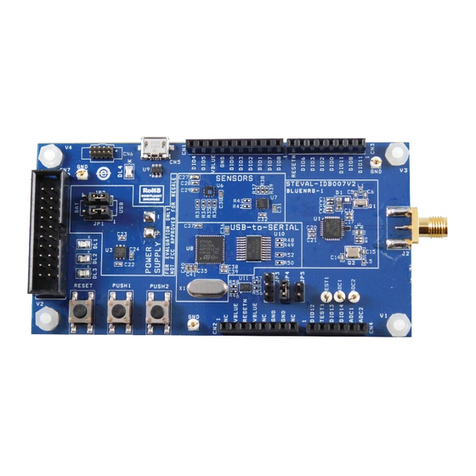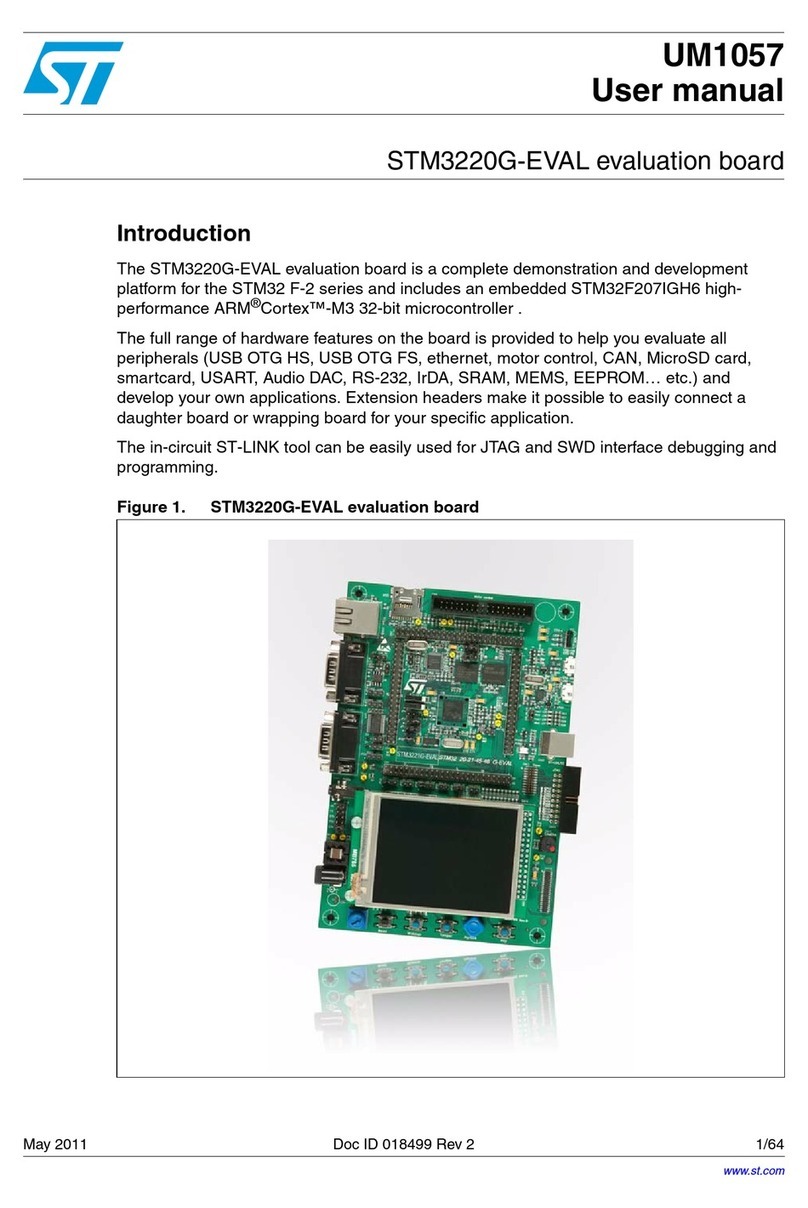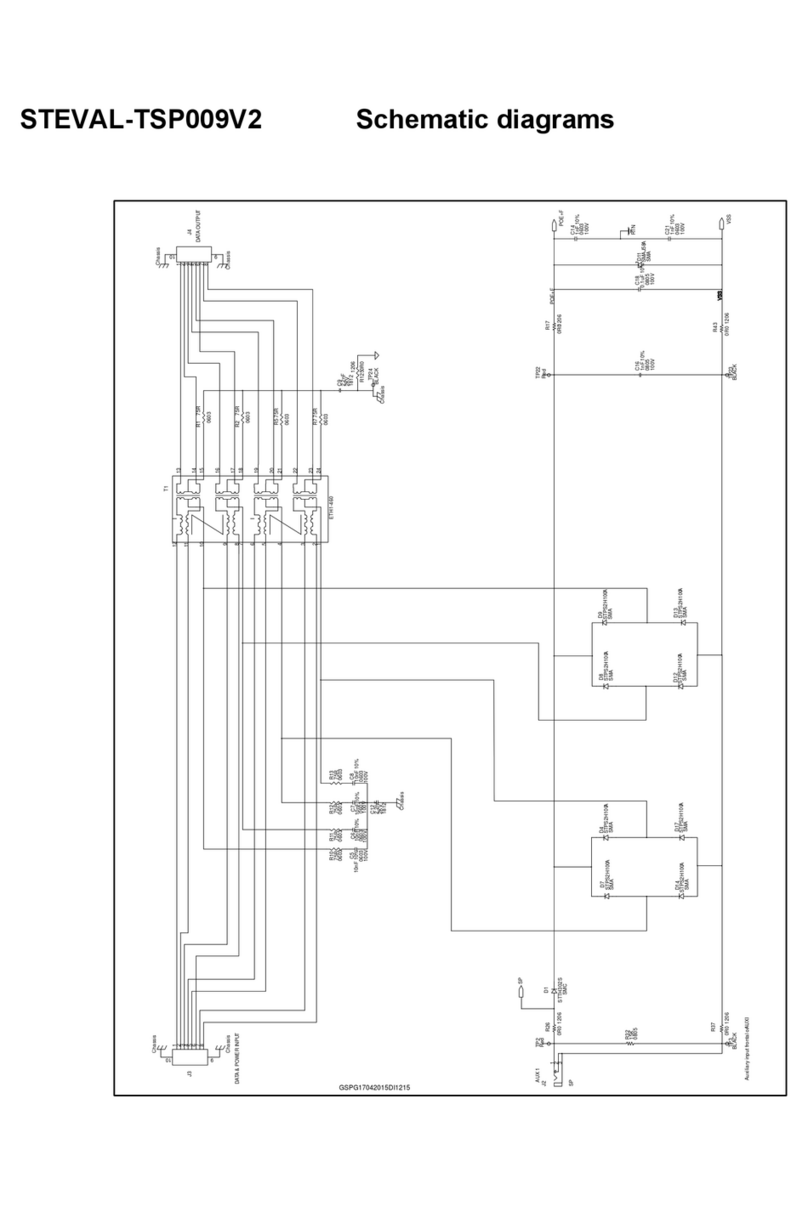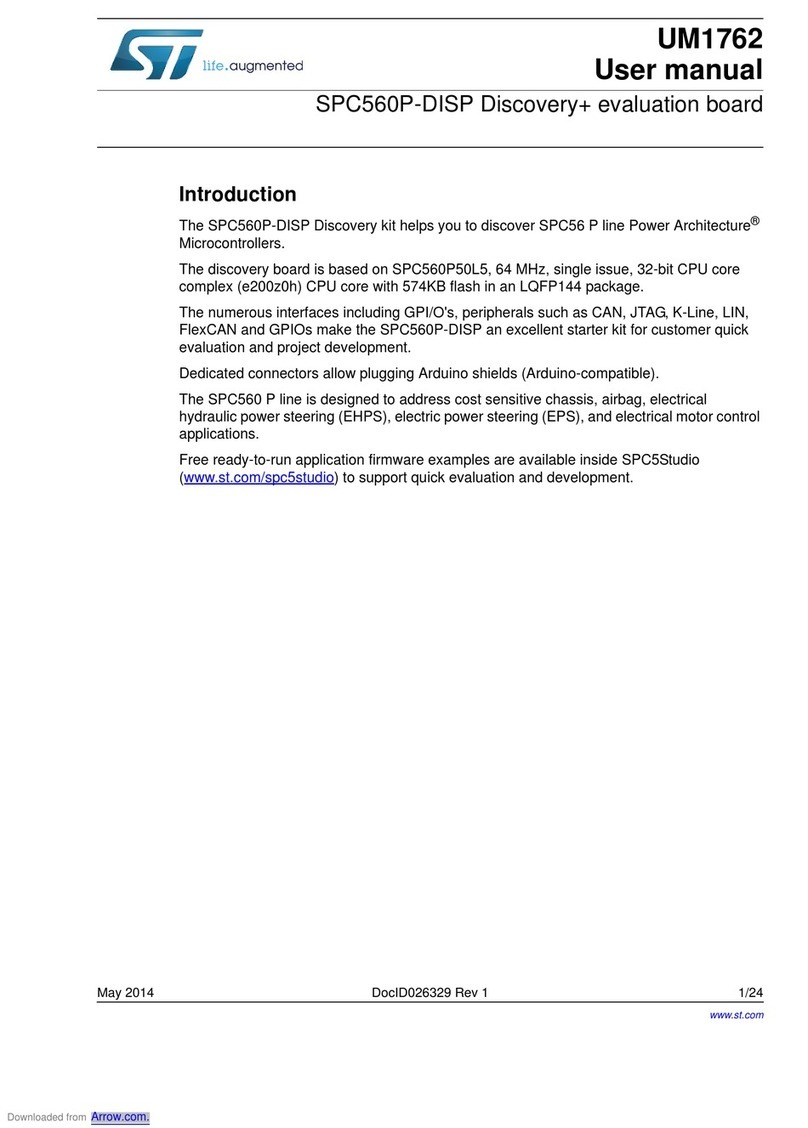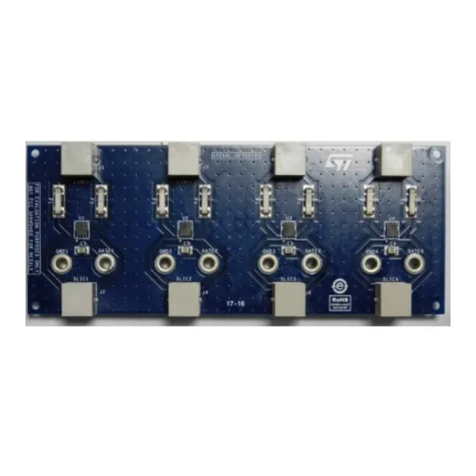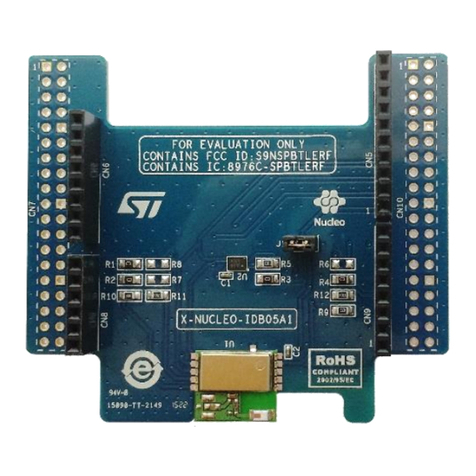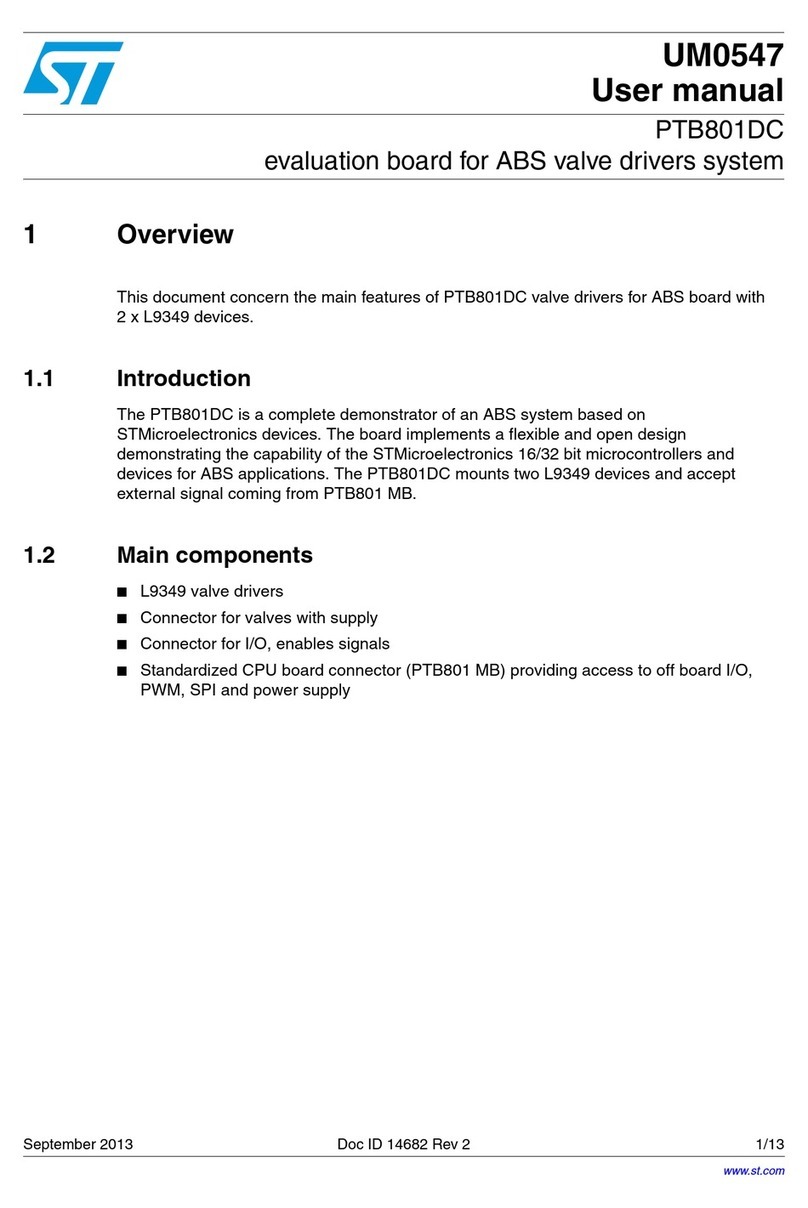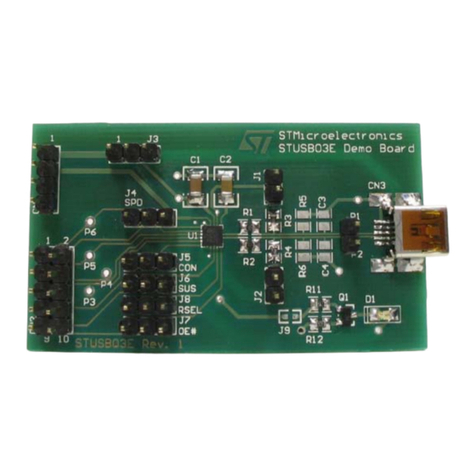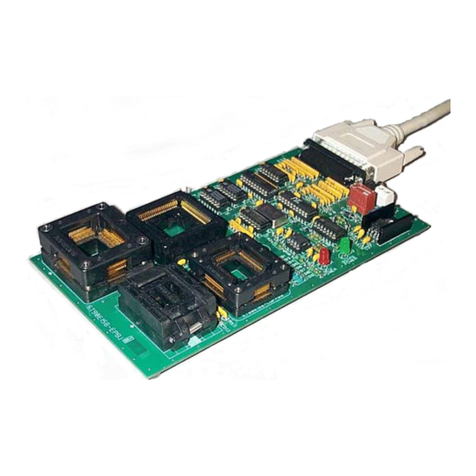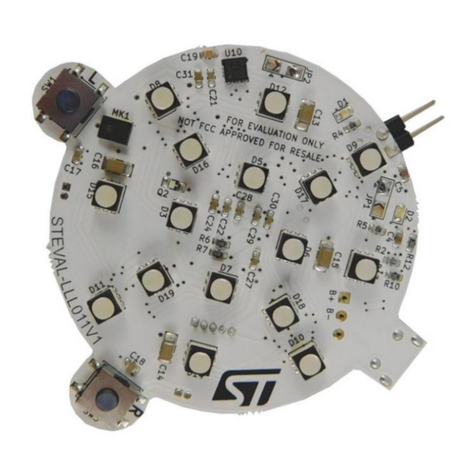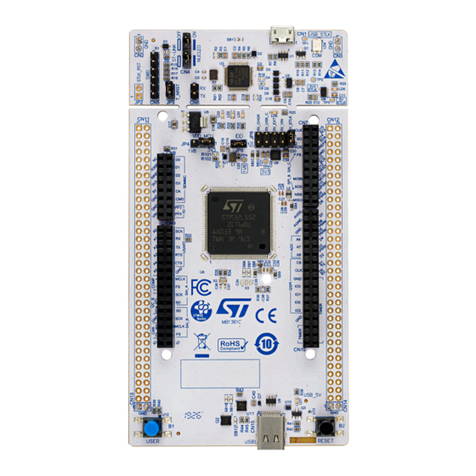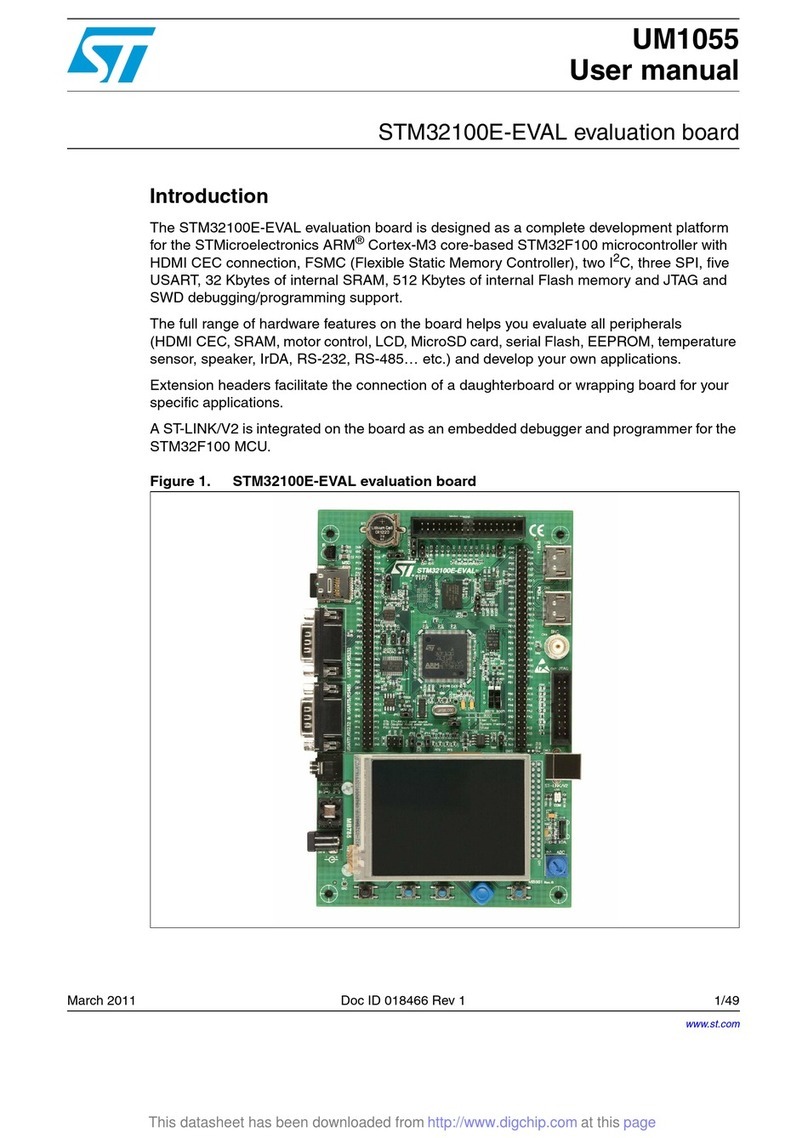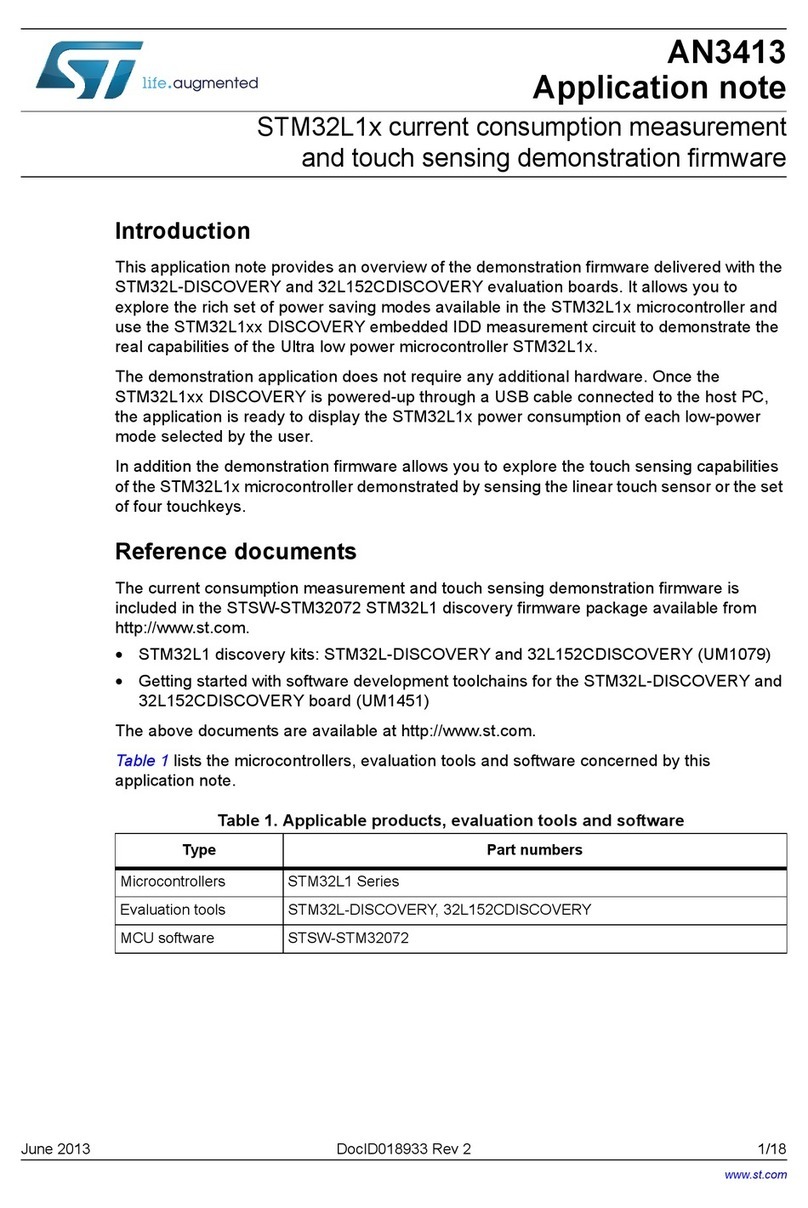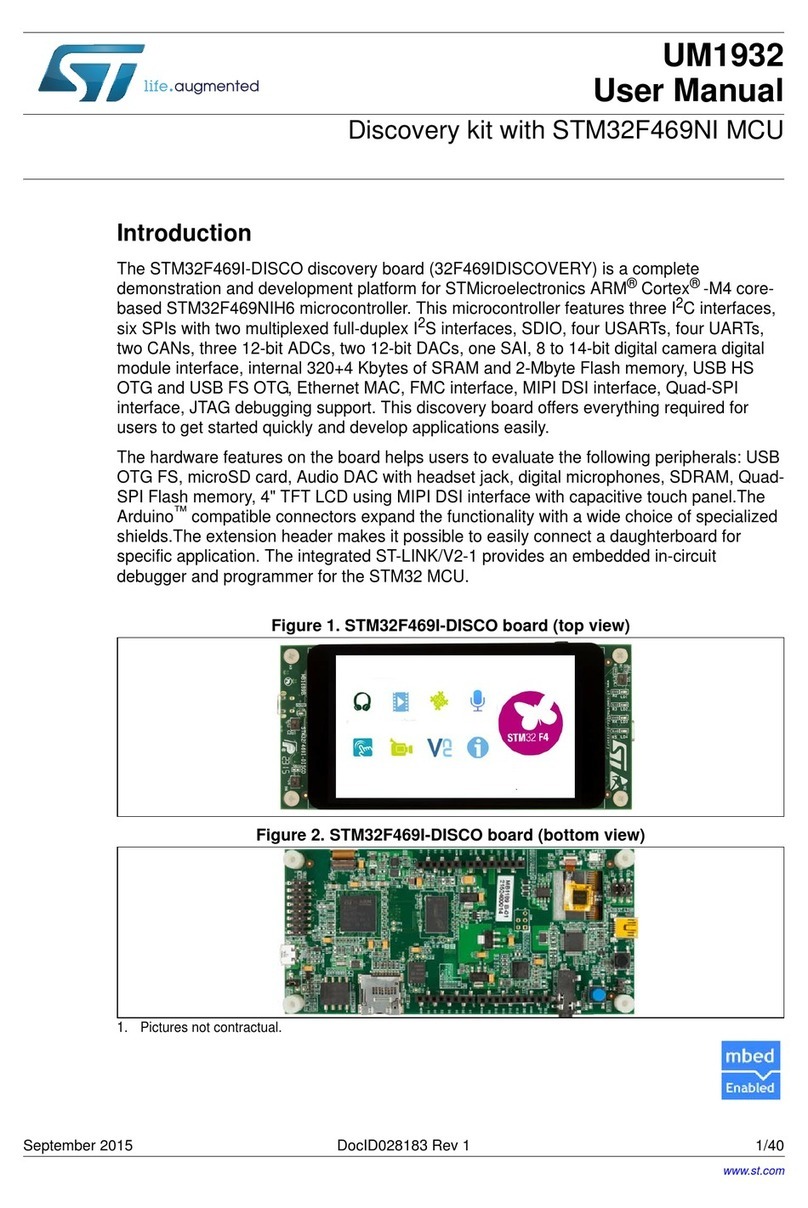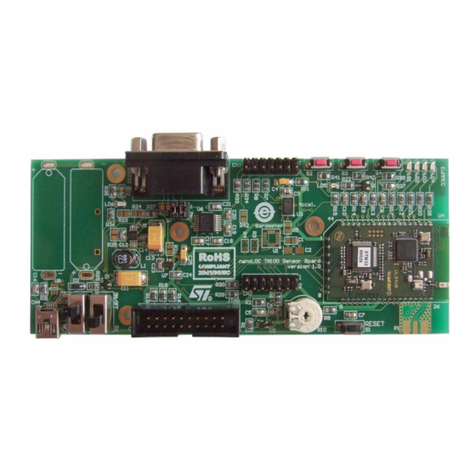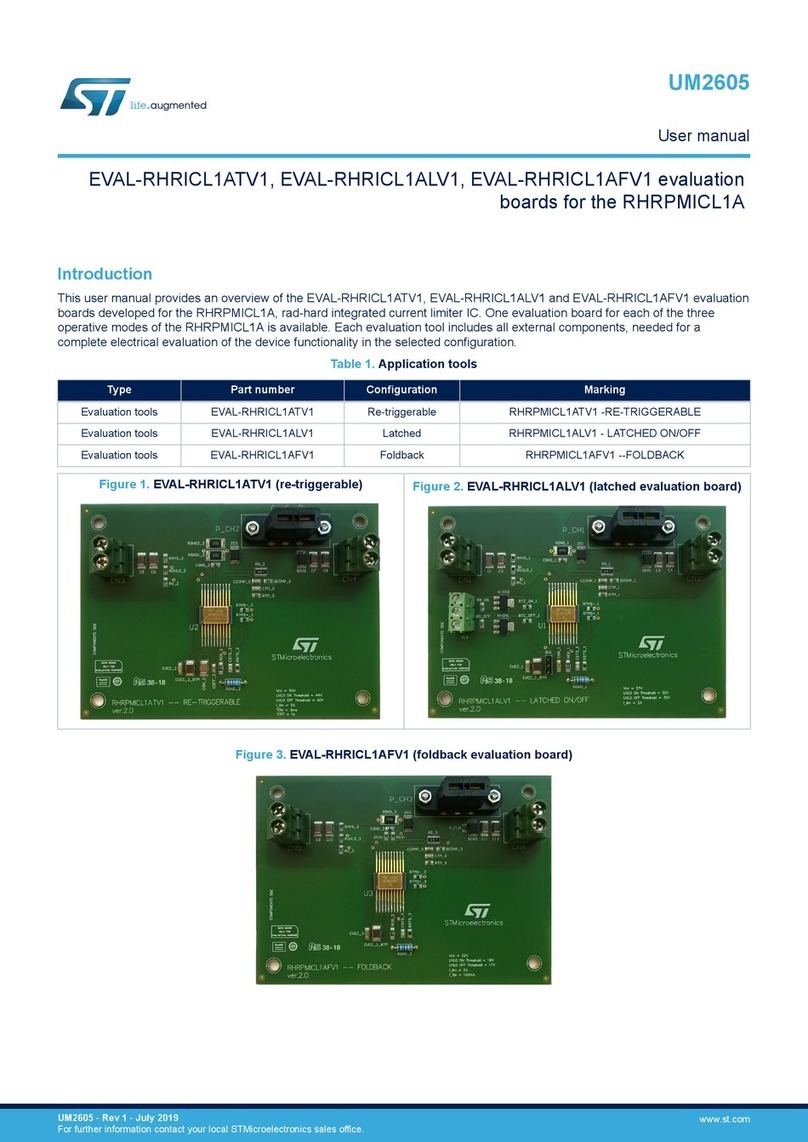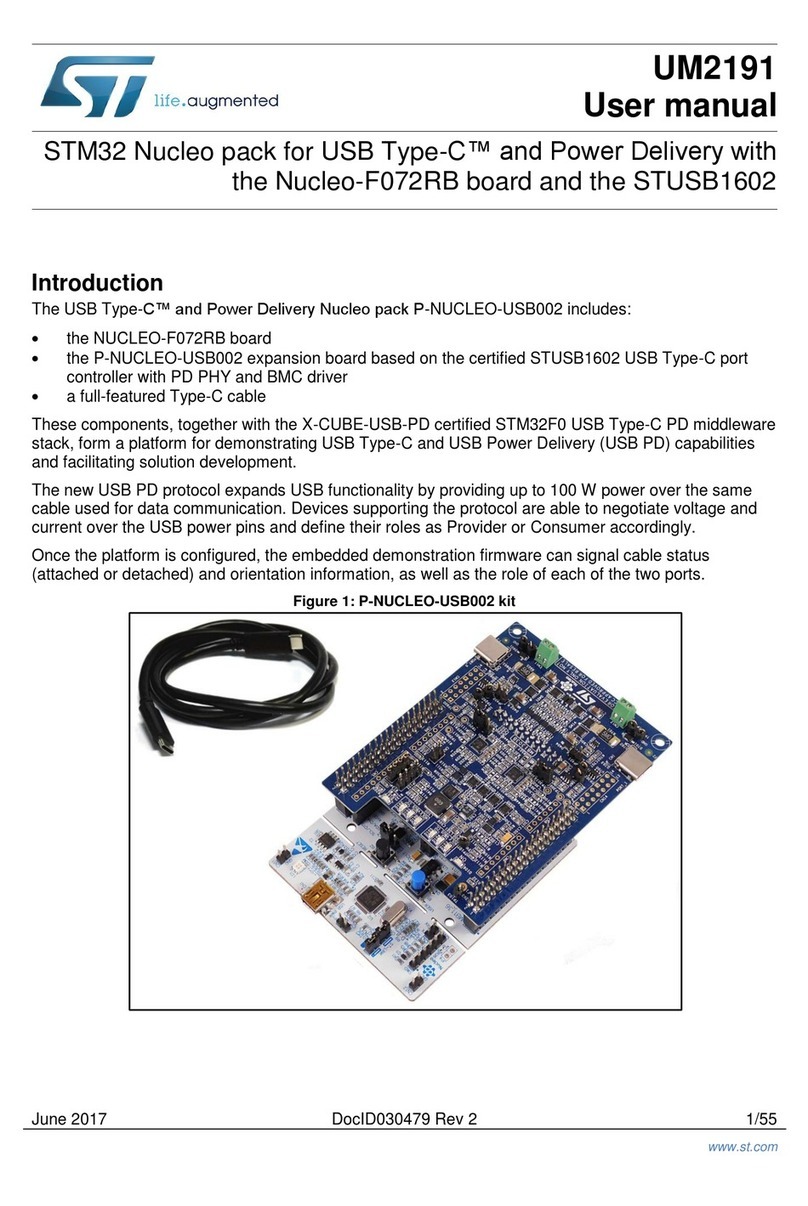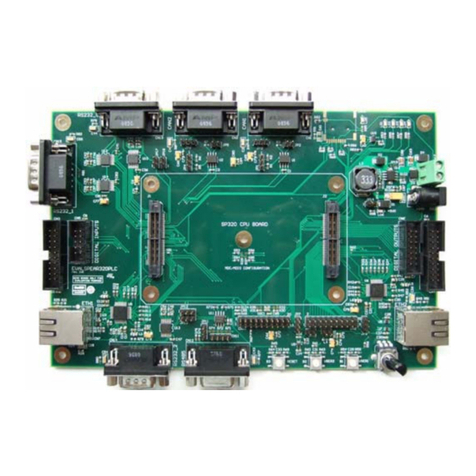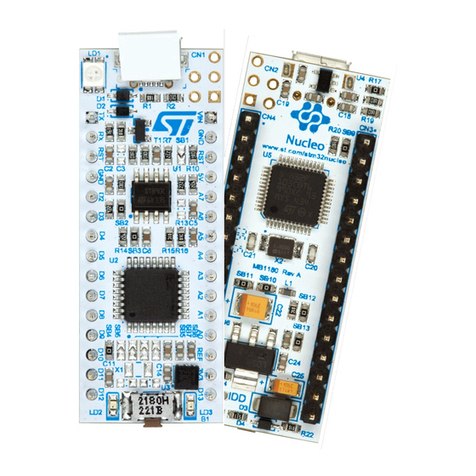
## Conv1D based model
model = tf.keras.models.Sequential([
tf.keras.layers.Conv1D(filters=16, kernel_size=3, activation='relu',
input_shape=(TIMESERIES_LEN, 3)),
tf.keras.layers.Conv1D(filters=8, kernel_size=3, activation='relu'),
tf.keras.layers.Dropout(0.5),
tf.keras.layers.Flatten(),
tf.keras.layers.Dense(64, activation='relu'),
tf.keras.layers.Dense(4, activation='softmax')
])
_________________________________________________________
Layer (type) Output Shape Param #
=================================================================
conv1d (Conv1D) (None, 48, 16) 160
conv1d_1 (Conv1D) (None, 46, 8) 392
dropout (Dropout) (None, 46, 8) 0
flatten (Flatten) (None, 368) 0
dense (Dense) (None, 64) 23616
dense_1 (Dense) (None, 4) 260
=================================================================
Total params: 24,428
Trainable params: 24,428
Non-trainable params: 0
As described in the above code block table, 24,428 trainable parameters define the AI-car sensing node network
model. These parameters are related to the LSTM RNN topology chosen.
2.4.2 Model training
The AI-car sensing node network training has been performed by acquiring datasets of acceleration variations in
the time domain:
•over a three-axis reference system (Δax, Δay, Δaz)
• with a frequency equal to 10 Hz
• a sample time of 100 msec
Each dataset targets a specific car state: parking, normal driving, bumpy driving or skidding.
The use of acceleration variations instead of raw acceleration data avoids misinterpretations of the car state. If
the car is parked on a road with a negative (or positive) slope (as shown in the figure below), the IMU registers
a nonzero X-axis acceleration that would not lead to the parking state. Instead, if we consider an acceleration
variation in the time domain, the result would be 0, leading to the correct parking state.
UM3053
AI-car sensing node life cycle
UM3053 - Rev 1 page 7/39
